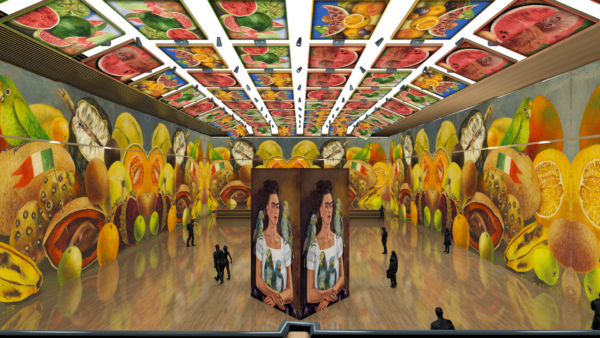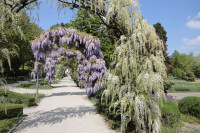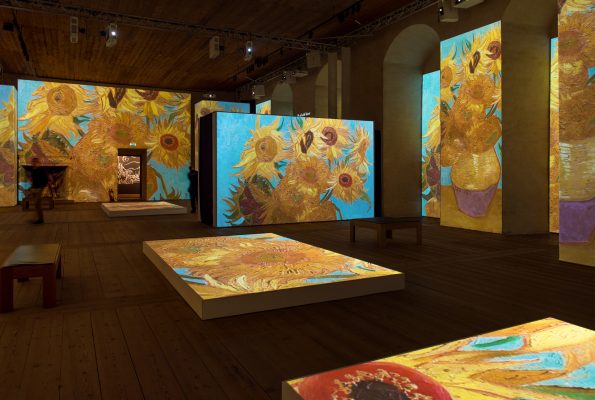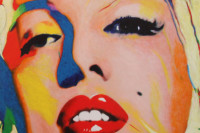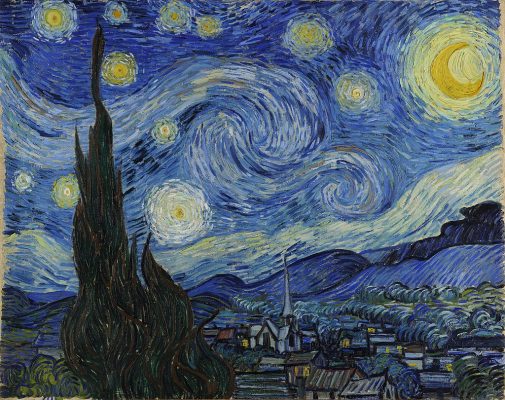Culture
Monet’s Immersive Garden – A Cumulus of Multisensory Impressions
“The principal subject in a painting is light.” – Monet
There is hardly any other painter who keeps haunting modern iconography to such an extent as Claude Monet (1840-1926). His paintings are most faithful testimonials of the Impressionist group, which despite its short existence, managed to revolutionize and ultimately rewrite the history of art.
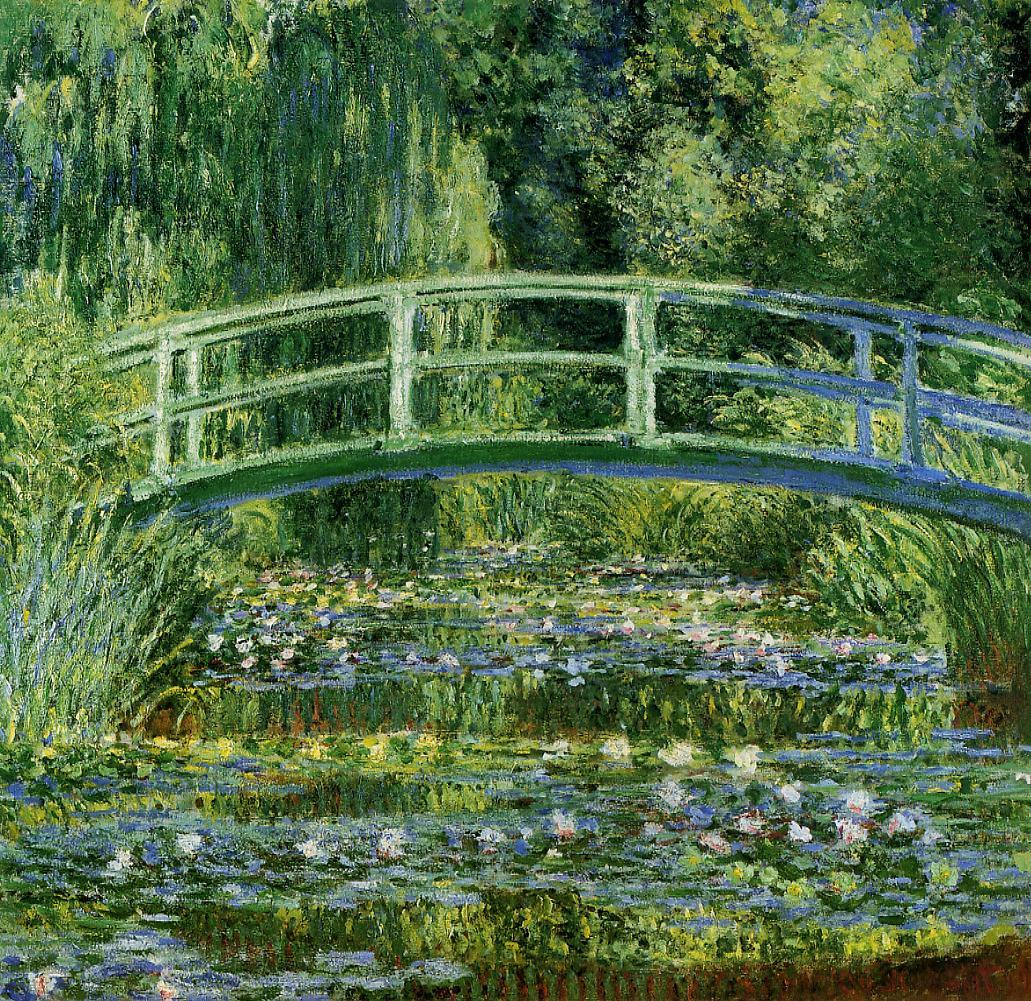
Water-Lilies-and-Japanese-Bridge-(1897-1899)- Monet Princeton University art museum
Abandoning the traditional colour palette, the impressionists rendered snapshots of objects and landscapes, as they appeared in natural light, trying to capture most accurately a momentary, fleeting visual impression. Instead of formal compositions, they chose fluid contours, while exploiting the interplay between light and shadow, the reflection of light on different surfaces and the endless spectrum of visual effects.
Inspired by photography, the artist captures the visual impression, en plein air. There is an automatic endeavour of transcribing the immediate sensations onto the canvas. His paintings are instant visual notebooks that capture the visual flow, unfiltered and unaltered, culminating in a sensation of complete fusion with the colours.
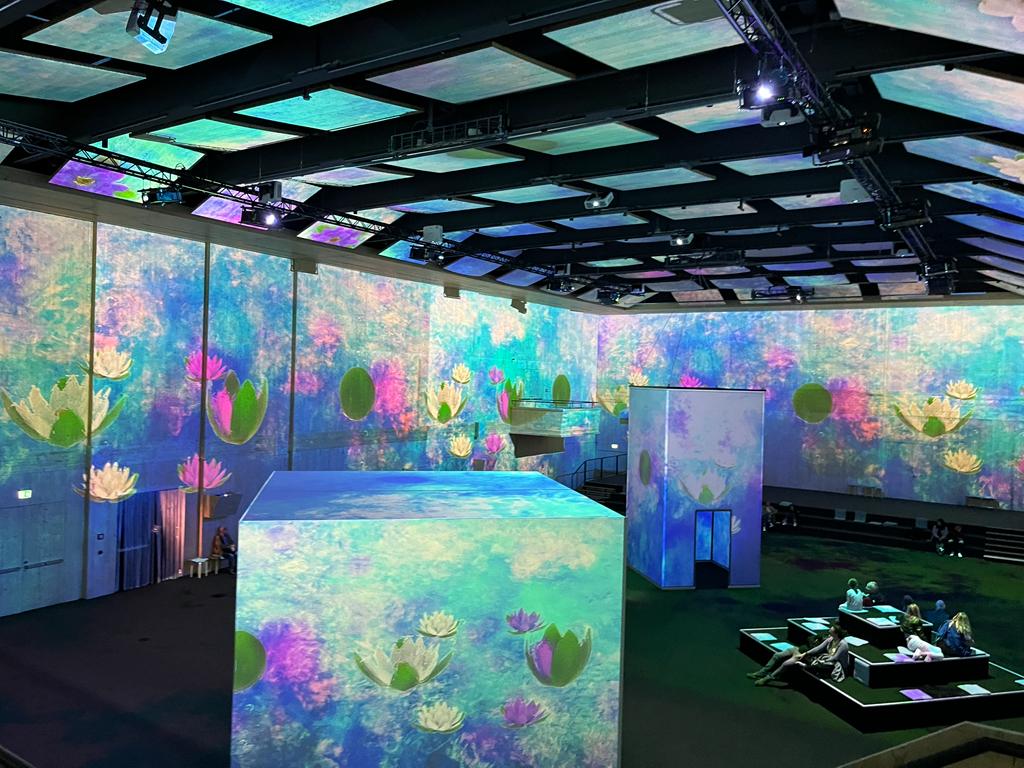
Monet’s Garden – credit photo Orsolya Farkas Miron
By means of 40 projectors, eclectic musical background and intercalated narratives, in which fragments of self-reflections alternate with autobiographical segments, Monet’s Immersive Garden, https://bymaag.ch/event/monetsimmersivegarden/, is another multisensory journey attempting to bring closer one of the most exquisite giants of colours.
The viewer is no longer seen as a random and distant entity, while contemplating the artwork but there is a pronounced endeavour to actively involve and engage the modern art seeker, soliciting a strong participative reflex, by means of illusions and modern techniques of visual “manipulation”.
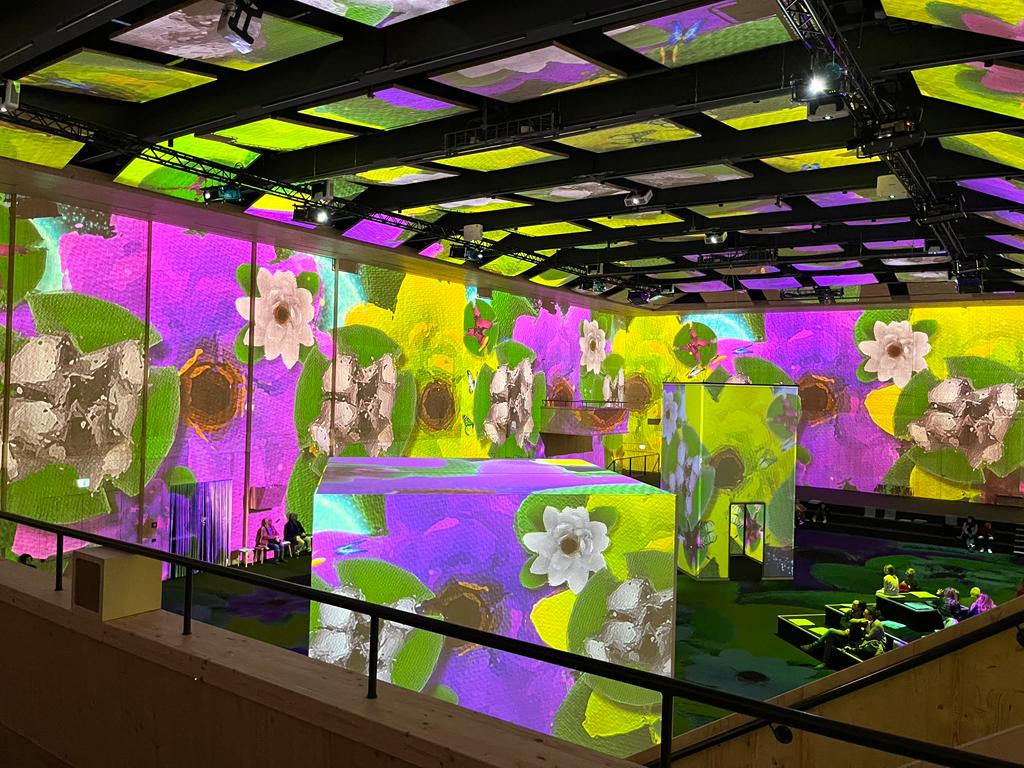
Monet’s Garden – credit photo Orsolya Farkas Miron
Creative visual deconstruction and mise en abym by means of the latest technical achievements, alternation of light and sound effects, colourful and dramatic musical fragments transport the viewer far beyond the mundane setting, while capturing vivid, visual snapshots of impressionist landscapes.
About the author:
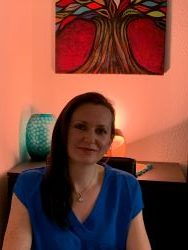 Orsolya Farkas Miron comes from a bilingual family, Hungarian and Romanian. She has a MA in Intercultural Communication. After teaching English for 7 years in primary and secondary level, she landed in Zurich, where she had the chance to try herself out during several interesting projects. For the time being she is a freelance writer and painter. In 2019 she had an exhibition in Volketswil. She is passionate about digital drawing and acrylic painting. She also organizes a public event for women, once a month. During these events they tackle issues like integration, language courses, job searching opportunities and many other topics that concern minorities in Swiss society.
Orsolya Farkas Miron comes from a bilingual family, Hungarian and Romanian. She has a MA in Intercultural Communication. After teaching English for 7 years in primary and secondary level, she landed in Zurich, where she had the chance to try herself out during several interesting projects. For the time being she is a freelance writer and painter. In 2019 she had an exhibition in Volketswil. She is passionate about digital drawing and acrylic painting. She also organizes a public event for women, once a month. During these events they tackle issues like integration, language courses, job searching opportunities and many other topics that concern minorities in Swiss society.

